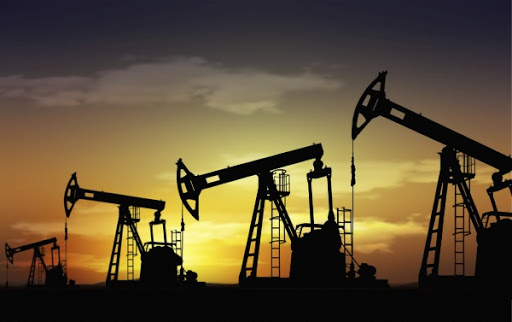
Oil and gas complex
Remote sensing data are widely valuable in solving various targets in territorial management of enterprises and infrastructure of the oil and gas complex.
Space monitoring in the oil and gas industry
The oil and gas industry is key in the country's economy. Our country has the largest natural hydrocarbon resources. Exploration and production facilities, as well as transport systems (oil, gas and product pipelines) play an important role in the activities of the oil and gas complex. Oil and gas enterprises have a complex, multi-level infrastructure for production, storage, transportation, processing and distribution of oil and gas, extremely distributed over vast territories, very often with difficult natural and climatic conditions. The management of such an economy is impossible without constant and comprehensive monitoring of processes and phenomena occurring in the territory, control of all types of economic activities related to subsoil use.
In connection with the increasing requirements for ensuring industrial and environmental safety at oil and gas facilities, the most effective method, which is increasingly being implemented in oil companies and regulatory state organizations, for information support in the field of monitoring short-term and long-term changes in the territory of license areas, is monitoring with using Earth remote sensing data, new methods of processing aerospace information and geoinformation technologies.
Among the most important tasks of the oil and gas complex, solved by means of space monitoring are the followings:
inventory of existing and construction projects with the preparation of large-scale thematic maps and plans;
monitoring of the infrastructure of production and transportation facilities;
planning and control of the development of infrastructure for production, transportation and processing of oil and gas;
identification of damaged pipelines places;
monitoring of the control area of underground main pipelines
mapping of associated gas flaring sites and control of flare units functioning;
ecological state monitoring of territories in areas of production, processing, transportation of oil and gas;
identification, mapping and sludge pits monitoring of state, well pads and adjacent landscapes;
identification of territories contaminated with oil products, monitoring of accidental oil spills, control of rates and assessment of the effectiveness of reclamation measures;
inventory and monitoring of the condition and volume of open pits and sand piles in the areas of oil and gas infrastructure development;
operational identification of areas of accidents and study of transport accessibility to them, which allows to optimize the work of maintenance and repair teams;
determination of the values of subsidence of the earth's surface in the developed oil and gas fields in order to prevent accidents.















 Show on map
Show on map